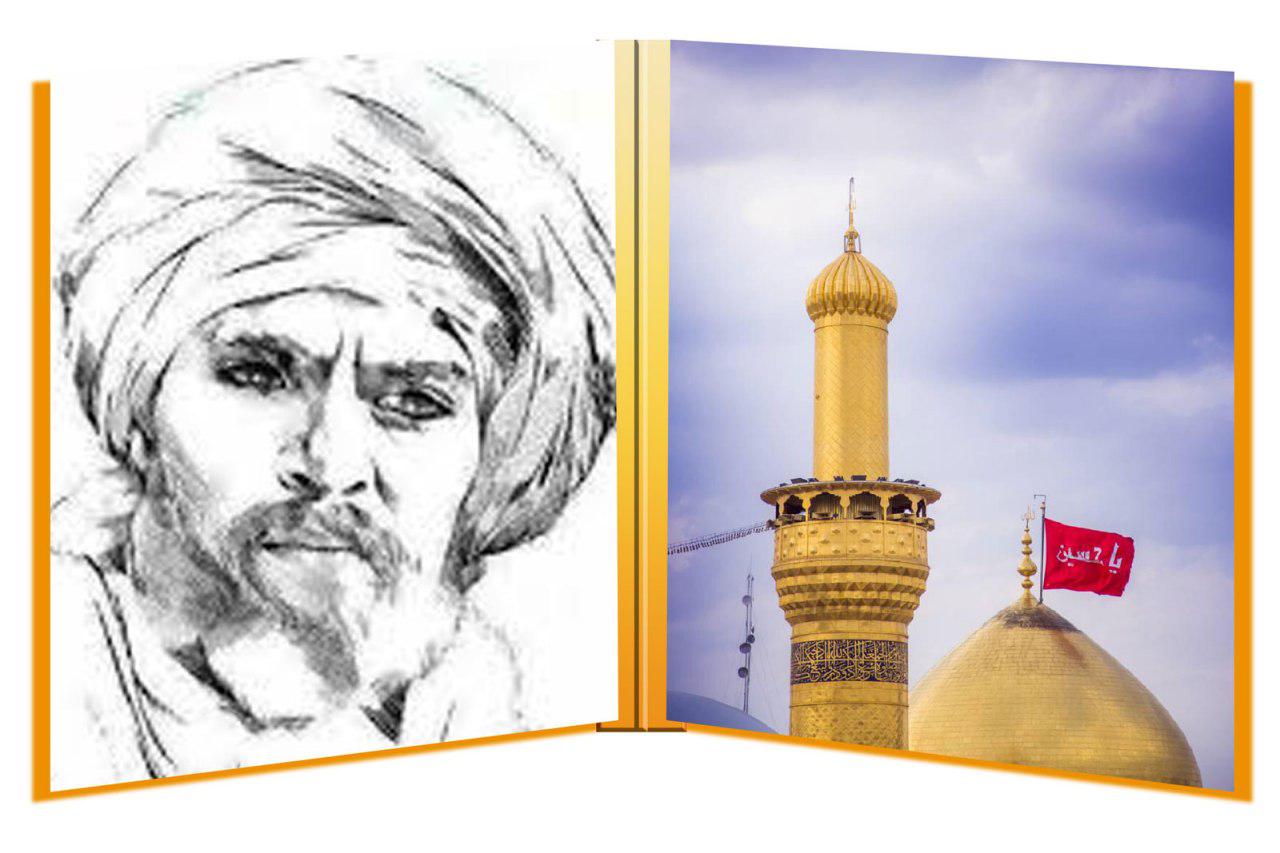When visiting the holy city of Karbala in 726 Hijri, 1325 AD, the famous traveler Ibn Battuta indicated that, there is a sacred shrine there, with a great school and a decent catering corner, in which food is delivered for the visitors and the departures.
The great school that he referred to is the mosque and school that was built by Imran Shaheen Al-Bataihi in 369 Hijri, 980 AD adjacent to the buildings of Imam Hussein holy shrine, as increasing numbers of scholars students were attending this mosque, which turned later into an important scientific and religious school.
Some writers asserted that it was the "Al-Udhdia School which was adjacent to the holy shrine of Imam Hussein and the other school close to it."
The school was a major part of the holy shrine itself, as all the ewans "corridors" of the Holy Shrine were sites for research and study by students of religious sciences, as scholars were attended there in the form of seminars for study and discussion. The corner mentioned by Ibn Battuta in Karbala, some said that it is the "Guesthouse" which was located in the southeast corner of the holy shrine, where food was distributed for pilgrims and the poor alike, while others referred to it as the “House of Sovereignty” established by Sultan “Mahmoud Ghazan Khan” and made it an endowment for the poor and needy.
Although historians have not yet agreed on the purpose intended for this school and its exact location, there is consensus on the flourishing of the scientific renaissance in Karbala during the eighth Hijri century.
Source:
Mawsueat Karbala Al-Hadharia "Karbala Civilizational Encyclopedia", Publication of Karbala Center for Studies and Research, the Historical Axis, [Vol. 5, P. 26-27].

